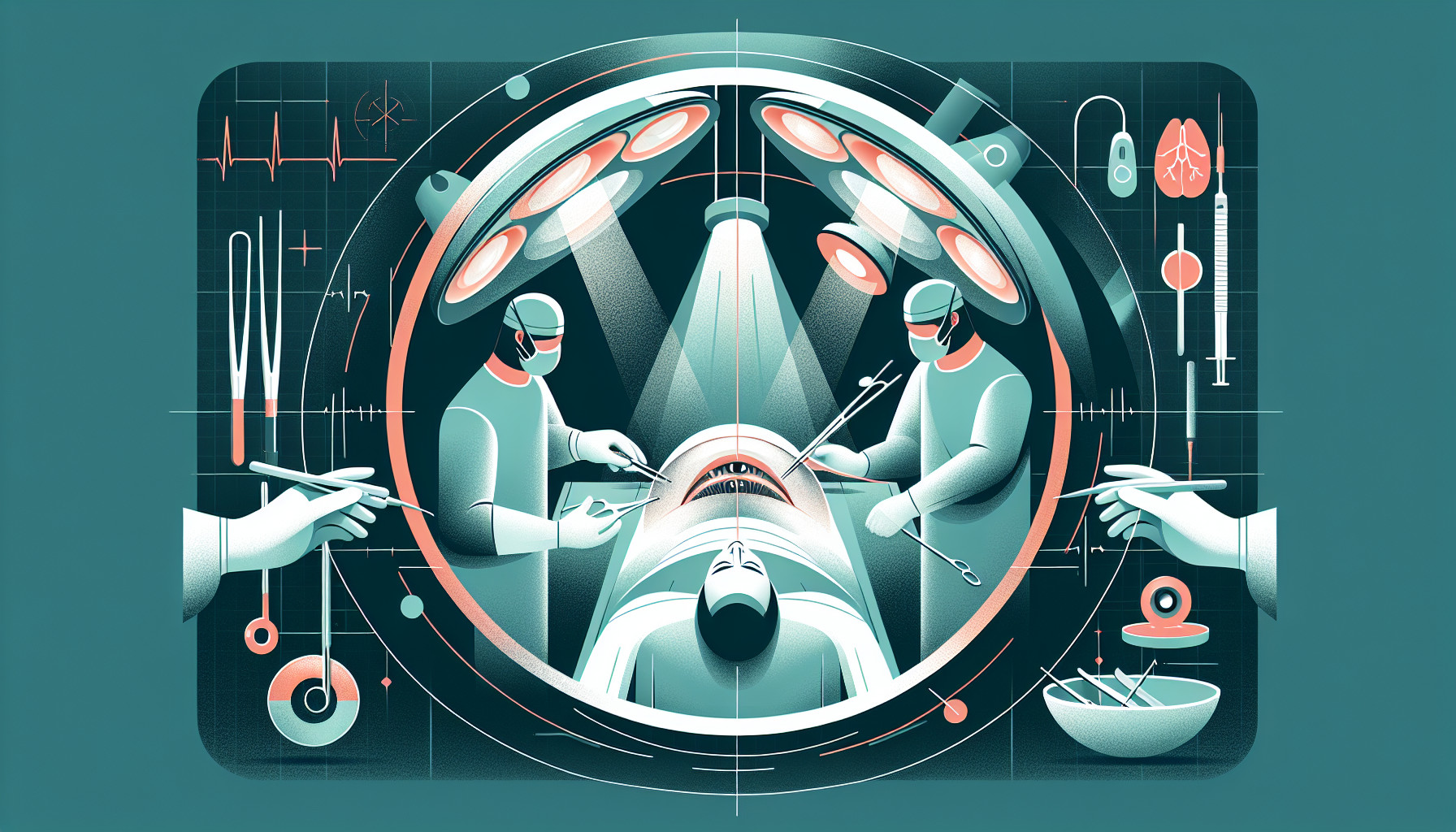Our Summary
This research paper is about the most common method used in modern cataract surgery, called a clear corneal incision (CCI). Initially, there were some worries that this method might increase the risk of infection. However, recent studies show that as long as the procedure is done correctly and with all necessary precautions, the risk of infection is very low. The way to make a clear corneal incision has been improved due to advancements in corneal imaging. This has given us a better understanding of how the incision should be made. A lot of surgeons prefer to make smaller incisions, and they have a variety of tools they can use to make these cuts. The paper also talks about the history and current state of how a clear corneal incision is made, the design and materials of the blades used in surgery, and recent trends in manufacturing these tools. Disposable instruments are popular because they have many advantages, but it’s also important to consider recycling and reducing plastic waste. The process of making a CCI may seem small to the surgeon, but it’s a big deal for the patient’s eye. That’s why it needs to be done with great precision and knowledge.
FAQs
- What is a clear corneal incision (CCI) in cataract surgery?
- What are the risks associated with a clear corneal incision (CCI)?
- How have recent developments in corneal imaging improved the technique of creating a clear corneal incision (CCI)?
Doctor’s Tip
A helpful tip for cataract surgery would be to ensure that you are choosing a skilled and experienced surgeon, as the precision of the clear corneal incision (CCI) is critical for reducing the risk of infection and other complications. The surgeon should be knowledgeable about the latest techniques and instruments used for creating the CCI. While disposable surgical instruments are popular, consider the environmental impact and, if possible, choose a surgeon or facility that practices sustainable waste management.
Suitable For
Cataract surgery, specifically phacoemulsification cataract surgery, is typically recommended for patients who have cataracts that are significantly affecting their vision and quality of life. Cataracts cause a clouding of the lens in the eye, leading to blurred or dim vision, difficulty with night vision, sensitivity to light and glare, needing brighter light for reading, seeing “halos” around lights, frequent changes in eyeglass or contact lens prescription, or fading or yellowing of colors. The decision to have cataract surgery is typically based on the level of vision impairment and the impact on daily activities.
Timeline
Pre-Surgery Consultation: The patient meets with the ophthalmologist for a thorough eye examination to assess the severity of the cataract and overall eye health. The patient’s medical history is also reviewed, and the procedure is explained in detail.
Pre-Operative Measures: The patient may be instructed to fast for a few hours before the surgery. The patient is also advised to avoid certain medications that could increase the risk of bleeding during the procedure.
The Surgery: The patient is given local anesthesia to numb the eye. The surgeon makes a small incision in the cornea, often using a technique called clear corneal incision (CCI). A high-frequency ultrasound device is used to break the cloudy lens into small pieces, which are then gently removed. A clear, plastic intraocular lens (IOL) is inserted into the eye to replace the cloudy natural lens.
Post-Operative Care: Immediately after the surgery, the patient’s eye may be covered with a protective shield. The patient may experience mild discomfort and blurred vision, but these usually improve within a few days. The patient is prescribed eye drops to prevent inflammation and infection.
Follow-up Appointments: The patient is scheduled for follow-up appointments to monitor the healing process and to ensure that the eye is adjusting well to the new lens.
Recovery: Full recovery from cataract surgery generally takes about a month. During this time, the patient is advised to avoid strenuous activities and to protect the eye from injury.
Vision Correction: Once the eye has healed, the patient may need new glasses. This is because the power of the intraocular lens inserted during the surgery might not match the power of the natural lens.
Note: The timeline may vary based on individual patient conditions and the specific surgical techniques used. Always consult with a healthcare provider for accurate information.
What to Ask Your Doctor
Some questions a patient should ask their doctor about cataract surgery include:
- What is the success rate of cataract surgery?
- What are the potential risks and complications associated with cataract surgery?
- What type of intraocular lens (IOL) will be used during the surgery?
- Will I need to wear glasses after cataract surgery?
- How long is the recovery period after cataract surgery?
- What post-operative care will be required?
- Are there any restrictions or limitations on activities after cataract surgery?
- How many cataract surgeries has the doctor performed?
- What is the cost of cataract surgery and will insurance cover it?
- How soon after cataract surgery can I expect improvement in my vision?
患者应该问医生一些关于白内障手术的问题,包括:
- 白内障手术的成功率是多少?
- 白内障手术可能会有什么风险和并发症?
- 手术中会使用什么类型的人工晶状体(IOL)?
- 手术后我是否需要戴眼镜?
- 白内障手术后康复期有多长?
- 手术后需要做哪些术后护理?
- 白内障手术后是否有任何活动上的限制?
- 医生进行过多少例白内障手术?
- 白内障手术的费用是多少,保险是否会报销?
- 白内障手术后多久可以看到视力改善?
Reference
Authors: Borkenstein AF, Packard R, Dhubhghaill SN, Lockington D, Donnenfeld ED, Borkenstein EM. Journal: Eye (Lond). 2023 Oct;37(14):2864-2876. doi: 10.1038/s41433-023-02440-z. Epub 2023 Feb 14. PMID: 36788364
